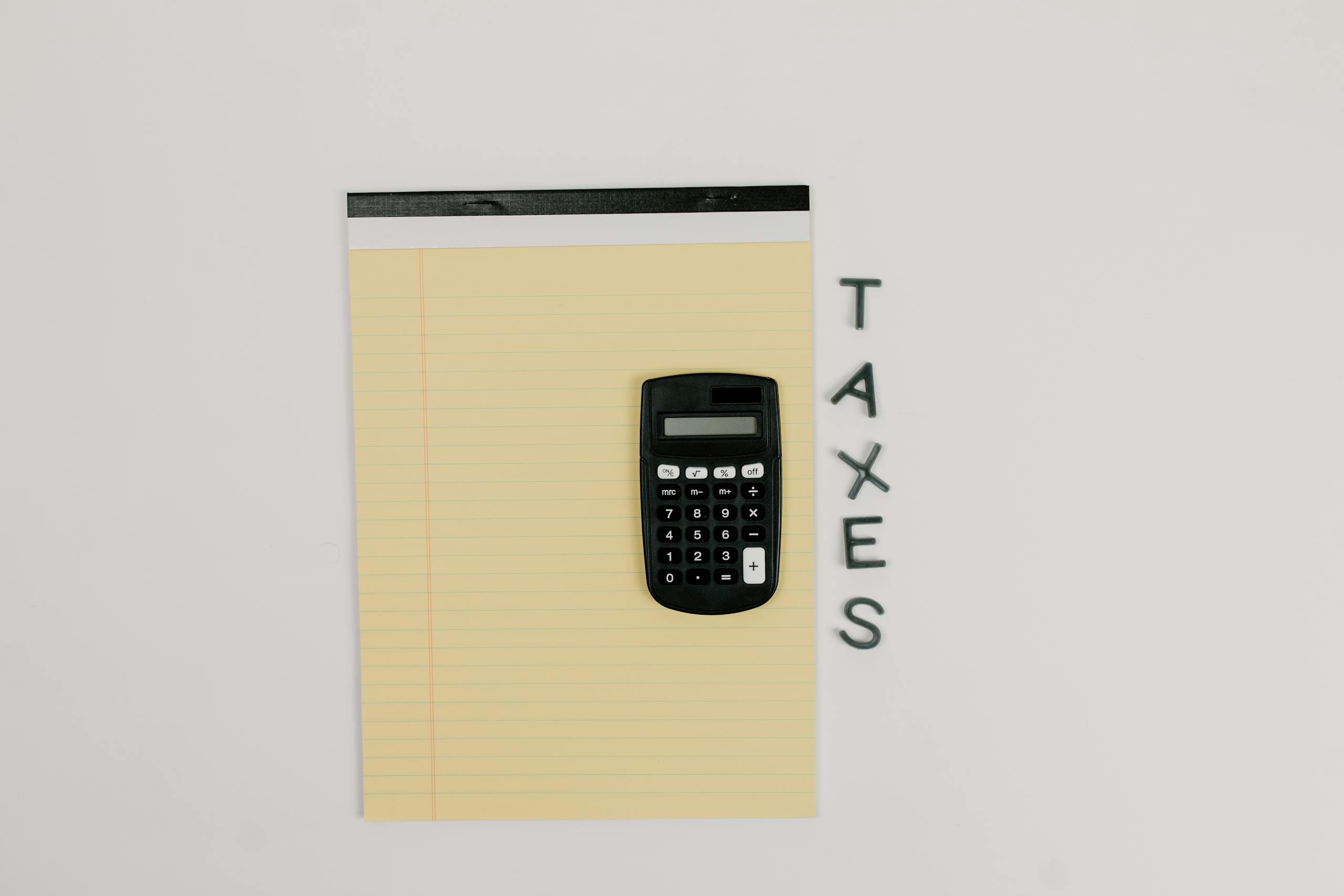How to prepare for the 2025 tax season

Tax season is officially here! Whether you’re filing for the first time, or you’ve been through this before, getting your refund quickly and painlessly is the goal. But let’s be honest, taxes can feel overwhelming, and most of us just want to know one thing – when will I get my refund?
If that’s you, you’re not alone. The IRS expects around 140 million tax returns to be filed by April 15, 2025. To make the process smoother, the agency has introduced a new online tool to track your refund, so you’re not left wondering when that money will hit your account.
When will you get your refund?
Let’s get to the good stuff—your refund timeline. Here’s what to expect:
The IRS reminds taxpayers not to make major financial decisions based on an expected refund date, as processing times can vary.
How to check your refund status
The IRS has an online tool called “Where’s My Refund?” that helps you track your refund’s progress. Here’s what you’ll need to check your status:
The tool updates once a day, so there is no need to check every hour—though we all know the temptation is real!
Understanding how refunds work
Your refund isn’t just a bonus check from the government, it’s money you overpaid throughout the year. If too much was withheld from your paycheck or if you qualify for certain credits, you get that money back.
Some of the most common refundable tax credits include:
Earned Income Tax Credit (EITC)
The EITC is a big deal for working individuals and families. To qualify, your investment income must be below $11,600, and your total income earned must fall under a specific limit. For 2025:
If you aren’t you sure if you qualify? The IRS has an EITC Assistant tool to help you figure it out.
Child Tax Credit (CTC)
If you have kids, the Child Tax Credit can put up to $2,000 per child back in your pocket. To qualify, your child must:
You qualify for the full credit if your income is below $200,000 (or $400,000 for joint filers).
What’s New for 2025?
This year, the IRS has expanded its free filing program, Direct File. It’s now available in 25 states (up from 12 last year) and allows eligible taxpayers with simple W-2 income to file directly with the IRS and there is no paid software needed. If that sounds like you, it could be a great way to file quickly and for free!
Final Thoughts
Tax season doesn’t have to be stressful. Get organized, file early, and choose direct deposit for the fastest refund. And if you’re expecting a refund, plan wisely, and consider using it for savings, debt repayment, or investing in your future.
Have questions? Email us we’re here to help you navigate tax season stress-free!
